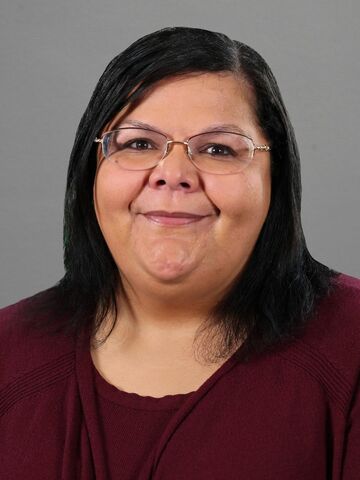
Supporting children who are struggling with complex trauma and mental health concerns can leave families and educators feeling overwhelmed and unsure of what to do. Two questions we commonly hear are, “Is it trauma, mental health or behavior?” and, “How can I help?” Let’s talk about it.
Trauma can impact individuals physically (both the body and brain are ready to react to a potential threat at all times, causing a constant state of stress), emotionally (constant state of fear, difficulty understanding, expressing, and managing emotions), cognitively (thinking and learning difficulties related to being in “survival mode”) and behaviorally (reacts to survive and fight/flight/freeze). Trauma is a risk factor for mental health and behavioral concerns, so the symptoms overlap and are interconnected, therefore, need to address concerns as a whole.
To address concerns as a whole, we need to have a “trauma-assumed” approach. Two-thirds of children have experienced a traumatic event by age 16, and one in five children experience mental health disorders, so we do not need to know which specific children have experienced trauma or a mental health disorder to help them. Using a trauma-assumed approach not only supports children impacted by trauma, but also children with mental health and behavioral concerns. The approach benefits all children.
What can we do?
- Provide a predictable environment.
- Follow a routine and give children advanced notice of changes.
- Remain calm.
- Provide opportunities for children to express what they are feeling and thinking and respond without judgment or blame.
- Support children in identifying what makes them feel more or less fearful and help them plan how to cope in those situations.
- Model and practice how to cope with challenging situations. (For example, taking deep breaths to calm the mind and body.)
- Meet them where they are, not where we think they should be. At times reactions may seem ‘bigger’ than the situation calls for. In those moments, acknowledge that they are struggling, and help them calm down.
- Provide reassurance that they are safe.
- Be patient – it takes time.
- Take care of yourself – you need a support system, too!
- Reach out! Contact a mental health professional if distress lasts a few weeks and/or is impacting daily functioning.
Although these things may seem simple, they foster an environment that will help young brains make new connections and shift out of a fight/flight/freeze state, create opportunities for children to express and cope with what they are experiencing, learn helpful strategies and more.

Trauma, mental health concerns and behavior concerns are often intertwined. Each of us can play a role in providing help and hope.
Additional information on trauma, mental health, behavior, and finding support can be found at Central Rivers Area Education Agency (CRAEA) Well-Being site at https://www.centralriversaea.org/educators/well-being/, which includes resource toolkits for educators, families and students, or the Iowa Area Education Agency Mental Health and Well-Being site at https://iowaaeamentalhealth.org/.
Dr. Dana Miller is a school psychologist with Central Rivers Area Education Agency (CRAEA), based in Cedar Falls. She can be reached at dmiller@centralriversaea.org. Learn more about Central Rivers Area Education Agency at www.centralriversaea.org.
